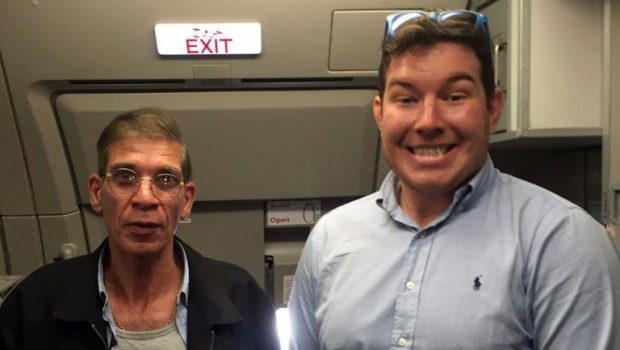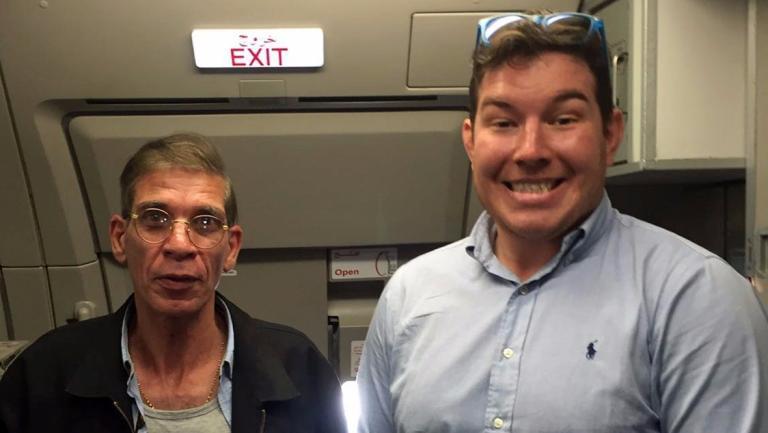When Aberdeen oil worker Ben Innes decided to get his photo taken with the man who took him and a plane full of travellers hostage on Thursday morning, he set in motion a viral internet phenomenon that resulted in his grinning face appearing on the front pages of newspapers across the globe.
Mr Innes’ remarkable picture with Seif Eldin Mustafa has drawn both derision and praise, with thousands of people worldwide voicing their opinions on social media.
His cheeky moment in the spotlight is the latest in a series of online incidents from around the world where controversial photographs and selfies have raised eyebrows, with many questioning if they are acceptable or appropriate.
And Professor Sarah Pedersen from Robert Gordon University, an expert in social media and online interaction, said that as the public became more and more entangled in digital technology, these kind of startling pictures could become more common.
Prof Pedersen said: “This reflects a lot of tourist behaviour. We’ve had a number of incidents recently, such as the people who posed naked on the top of the holy mountain in Nepal.
“What we’re seeing is more and more tourists and travellers, who seem to be willing to risk life and limb to take the ultimate holiday picture, and I suppose this is an exaggerated form of that.
“There’s a lot of research going on into why people use social media, and if you’re high in extroversion and narcissism, and are a fan of self-promotion, taking a picture like this would tick all the boxes as far as Facebook and Twitter are concerned.
“It ties into the whole idea of tourism photography. A lot of selfies are taken when we’re somewhere different, just to prove we’re there. So he [Mr Innes] was proving he was there, proving he was the guy in the plane with the hijacker.
She continued: “However, a lot of people, when they take these photos, don’t really take into consideration the real-life, face-to-face repercussions that can come with posting things online, so there needs to be a new focus on using social media responsibly.
“Humour can be useful in defusing a situation, but I think this man was lucky this hijacker was not a real terrorist.
“If that was the case, I don’t think he would have found it so funny.”

